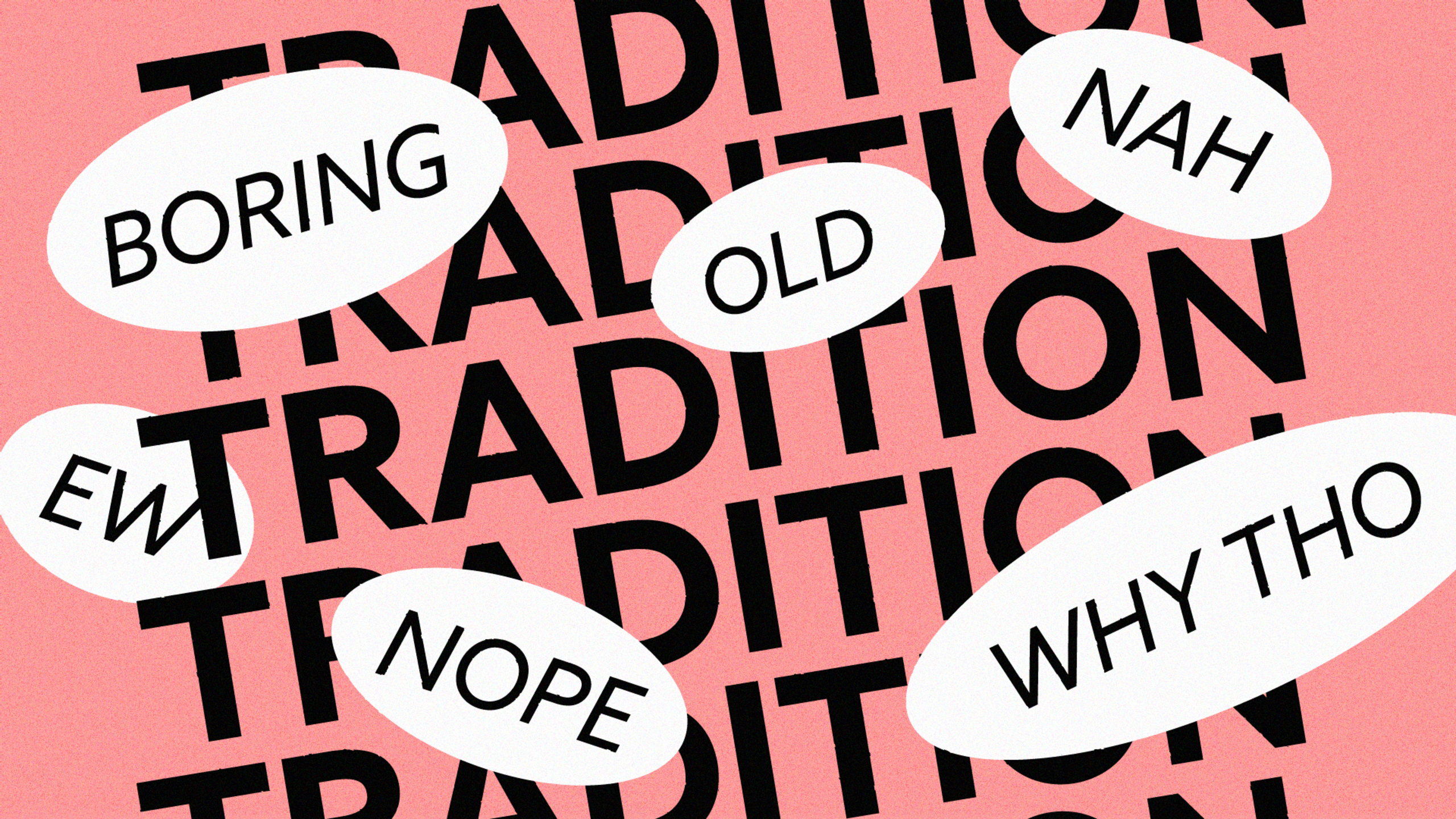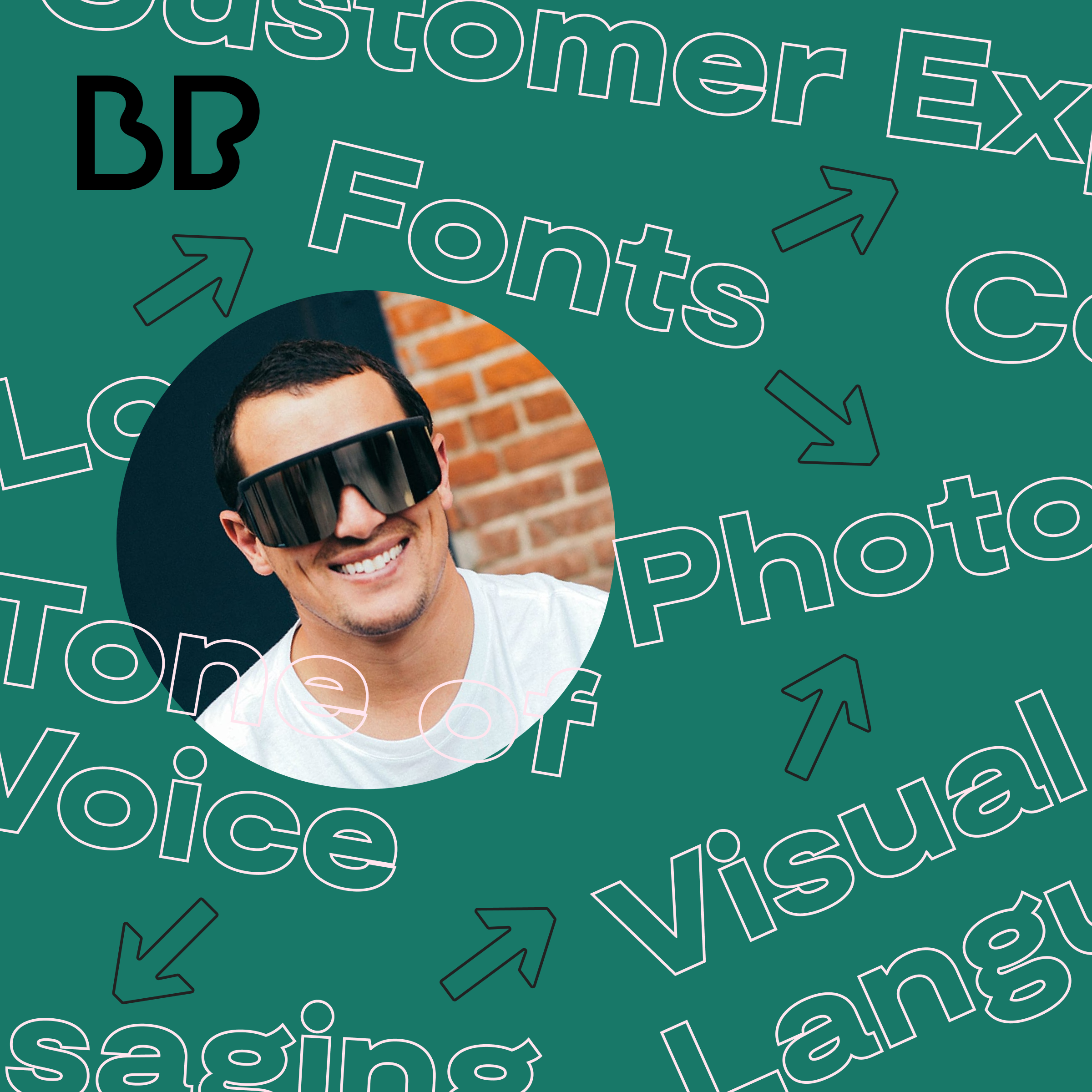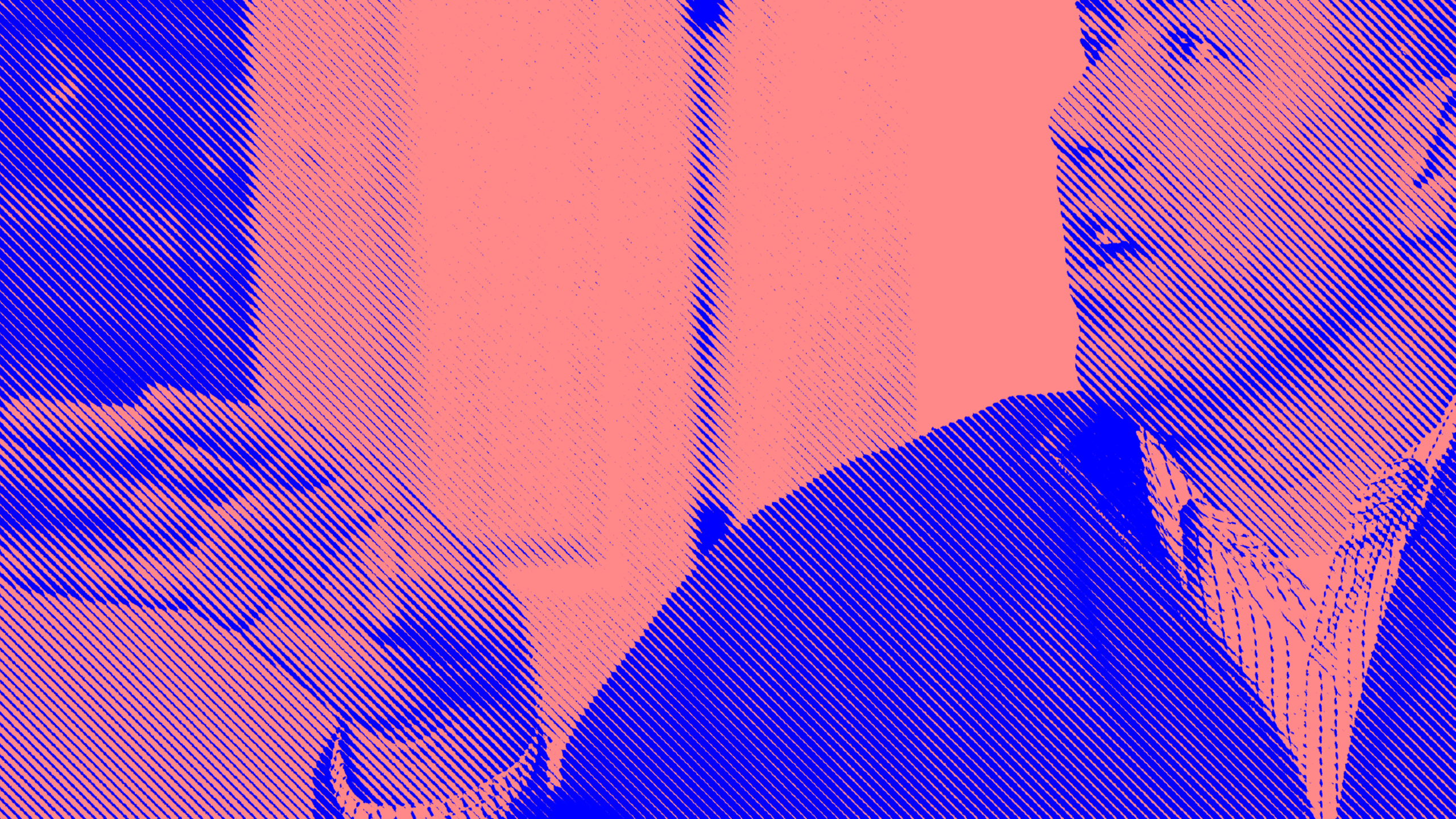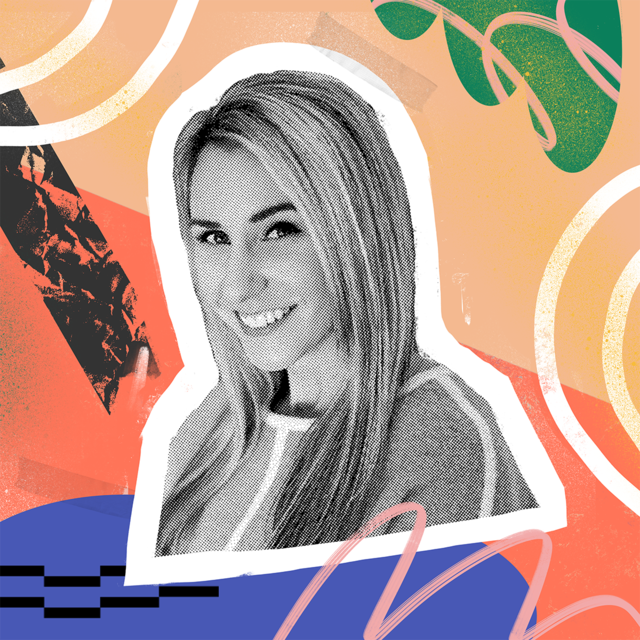
Building Branded Product Experiences with Jon Howell, formerly Lyft

How do you infuse brand into a product when often those teams responsible work separately? For our guest, it starts by finding ways to bring the two practices together.
Currently, Jonathan (Jon) Howell is the Brand Experience Design Lead at Robinhood. During this episode, Jon was the Brand Experience Designer for Lyft. Before Lyft, he worked with other notable brands such as Twitch and SurveyMonkey.
No matter his role, throughout his career, he has worked to connect product and brand. In this episode, you’ll hear how he achieved this at Lyft while sharing what it takes to create brand experiences that are both emotional moments and memorable brand experiences throughout the product.
To engage more with the Better Product community, join the upcoming speaker series. It’s five weeks featuring five speakers with countless product insights starting October 28th. You can register by going to betterproduct.community/speaker-series.



